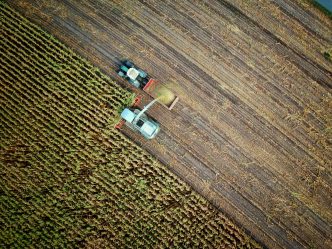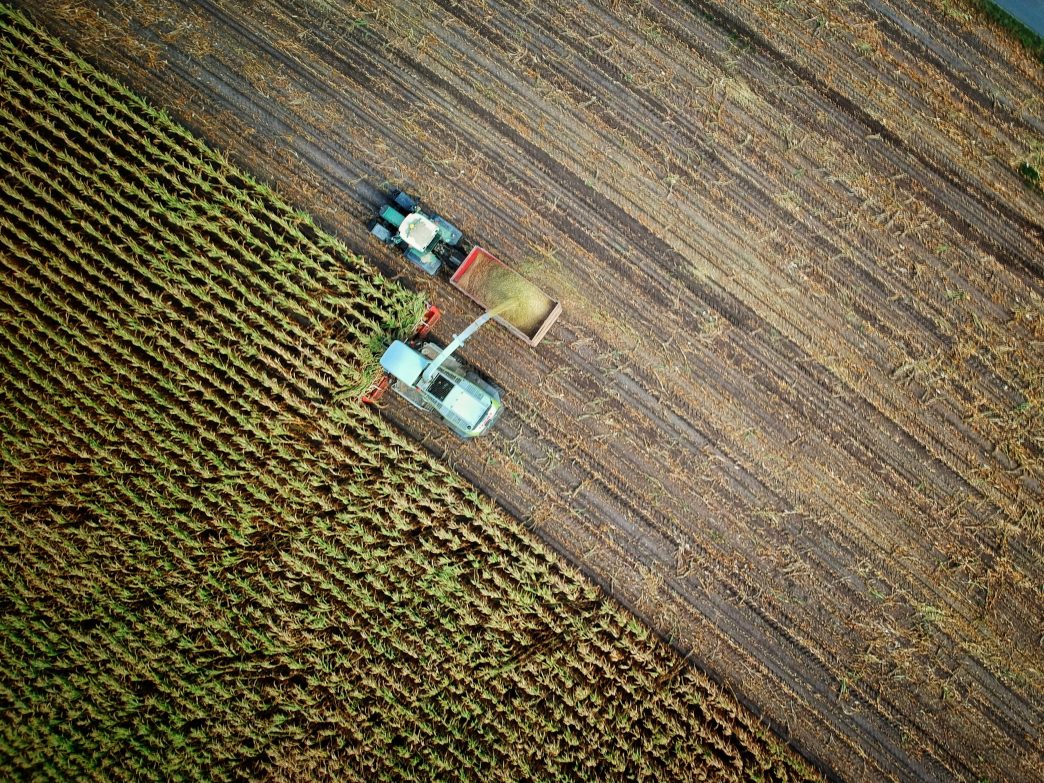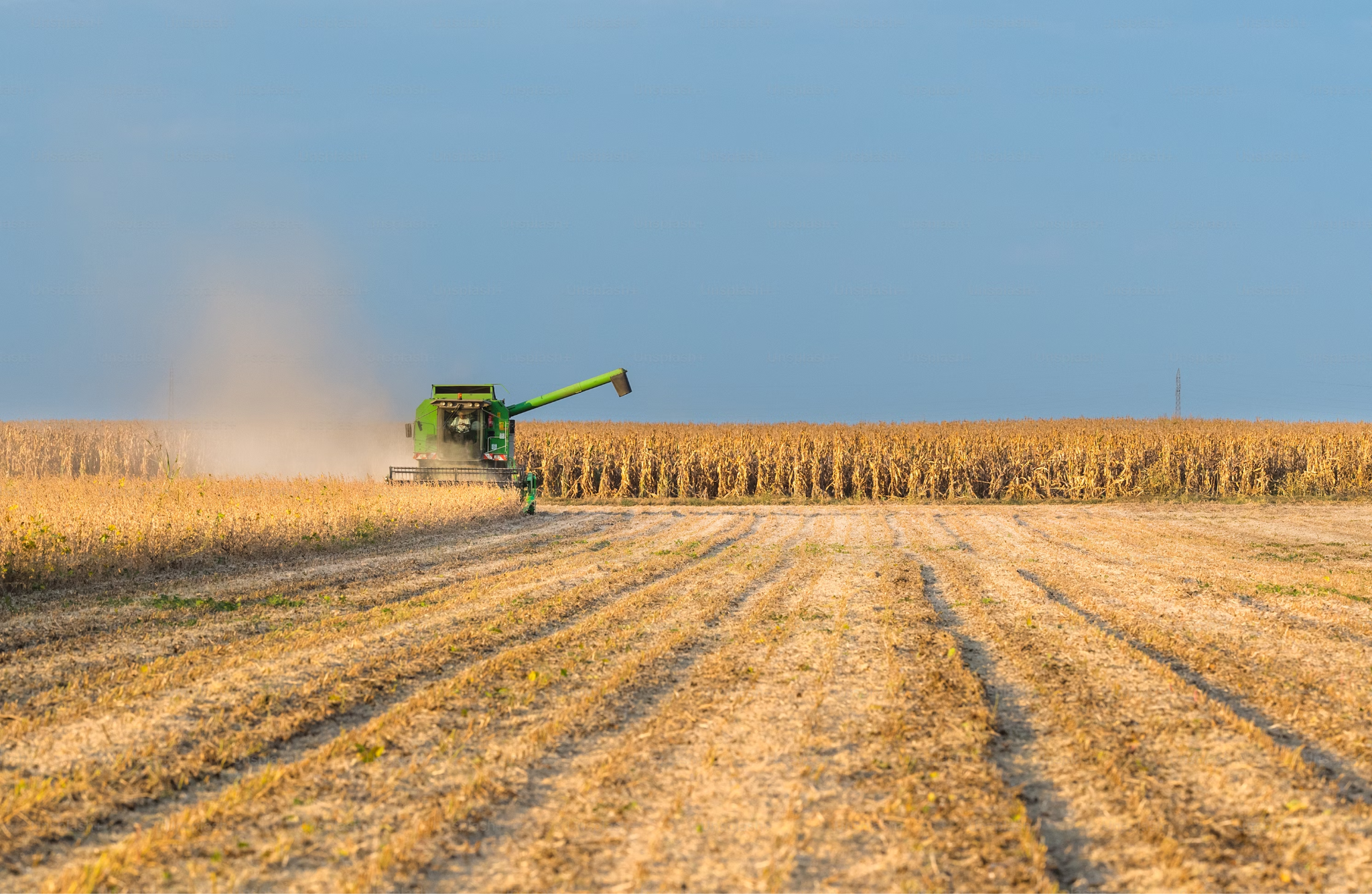Investing in small-scale agriculture and strengthening local food systems was highlighted as a key solution to combating malnutrition and food insecurity at the Nutrition for Growth (N4G) Summit in Paris on March 27-28, 2025.
Alvaro Lario, President of the UN’s International Fund for Agricultural Development (IFAD), addressed global leaders and nutrition experts, emphasizing that supporting smallholder farmers and local food producers could drive long-term economic growth. He stressed that prioritizing local food systems would create lasting benefits for communities and national economies, strengthening global food security.
The summit brought together policymakers, organizations, and experts to discuss sustainable strategies for improving nutrition worldwide, reinforcing the importance of investing in agricultural development as a pathway to economic resilience and better public health.
“Smallholder farms were the roots that sustained global nutrition. Investing in their success was not just about feeding people at the time—it was also about creating long-lasting solutions to build resilient and equitable food chains that could nourish the world for generations,” said Lario in advance of the summit.
At the Nutrition for Growth (N4G) Summit, Lario emphasized that combating malnutrition required more than just increasing agricultural productivity—especially in regions like sub-Saharan Africa, where yields remained low. He stressed the importance of supporting the production of a wider variety of local, nutritious, and climate-resilient foods. While the planet had 5,000 food plant species, people primarily consumed only nine, with just three—rice, wheat, and maize—accounting for 50% of all calories. However, hundreds of local and neglected foods, such as millet, sorghum, various beans, fruits, and vegetables, were both nutritious and well-suited to local climate conditions.
Beyond improvements in production and crop diversity, ensuring these foods were available in appealing, accessible options remained crucial. Efficient and inclusive value chains were necessary to help these foods reach local markets and supermarkets, ensuring affordability and accessibility. Lario underscored the urgent need for investments in the millions of rural Small- and Medium-Sized Enterprises (SMEs)—often informal—that formed the backbone of food value chains in developing nations but remained critically underfunded.
He also highlighted the pressing need for investments to help small-scale farmers adapt to increasing climate shocks, which put food and nutrition security at risk. Smallholder farmers produced one-third of the world’s food and up to 70% of the food consumed in many low- and middle-income countries, yet they received less than 1% of global climate finance.
“Investments in nutrition and food systems provided extraordinary social and economic returns, driving inclusive growth across countries and generations. That’s why scaling up financial instruments to enable public and private sector investments at the necessary level was essential,” Lario stated.
Research indicated that every US$1 invested in addressing undernutrition generated an expected return of US$23. Additionally, economic growth in agriculture was found to be two to three times more effective at reducing poverty and hunger than growth in other sectors.
Despite these benefits, investments remained insufficient to address the scale of the global nutrition crisis. Estimates suggested that average government spending on addressing nutritional deficiencies was only US$1.87 per person—the lowest expenditure among all disease categories in global health spending. Malnutrition was estimated to cost the global economy US$3.5 trillion annually in lost productivity, healthcare costs, and diminished human capital. In Africa, child undernutrition and malnutrition were responsible for economic losses ranging from 1.9% to 16% of Gross Domestic Product (GDP) annually.
At the summit, Lario advocated for blended finance mechanisms that would allow the public sector, private investors, and philanthropies to pool resources and share risks. He promoted innovative credit tools, nutrition bonds, and the leveraging of remittances and diaspora investments to strengthen food security initiatives.
IFAD committed to scaling up its nutrition-focused initiatives, ensuring that at least 60% of its projects integrated activities supporting better nutrition. These included agroecology, family gardens, school feeding programs sourcing food from local farmers, improved storage to reduce food loss, and the promotion of neglected and underutilized crops to diversify diets and improve resilience.
At the time of the summit, 2.8 billion people—one in three—could not afford a healthy diet. Around 148 million children (nearly one in four) were stunted due to chronic undernutrition, preventing them from reaching their full physical and cognitive potential. Approximately 45 million children suffered from wasting, an acute and life-threatening form of malnutrition. Additionally, over 2 billion people were estimated to have deficiencies in essential vitamins and minerals, while 390 million children and teens were classified as overweight or obese.







